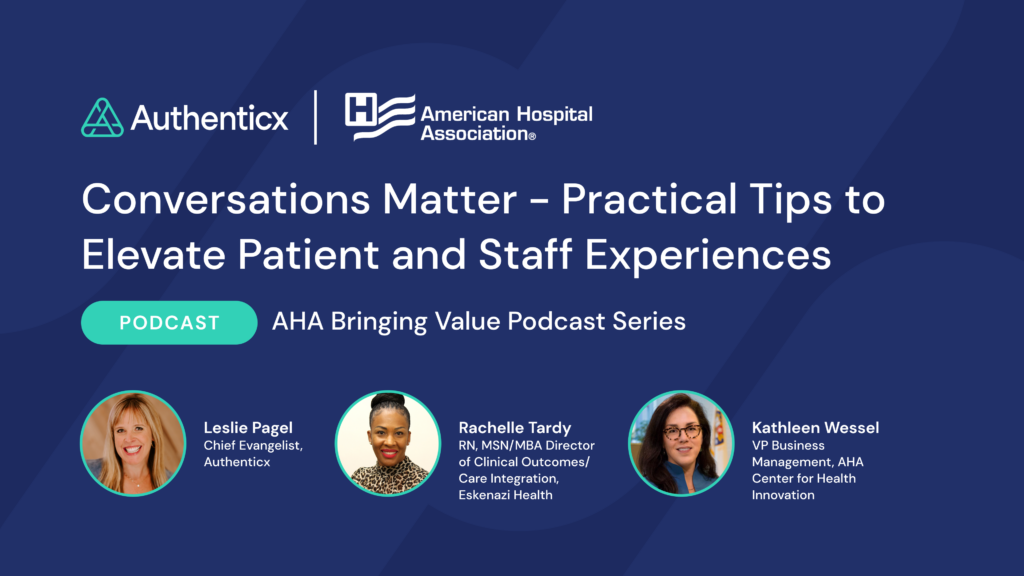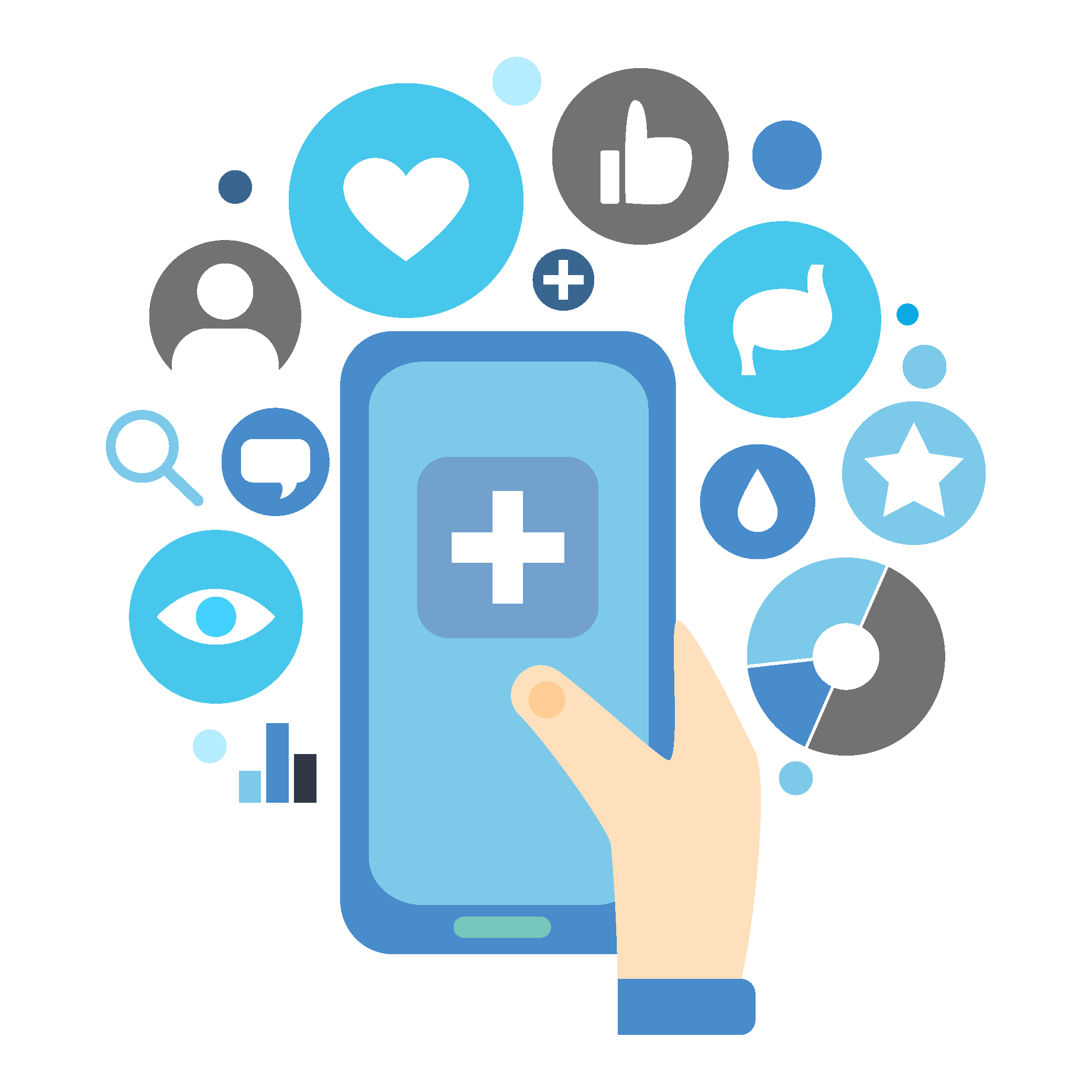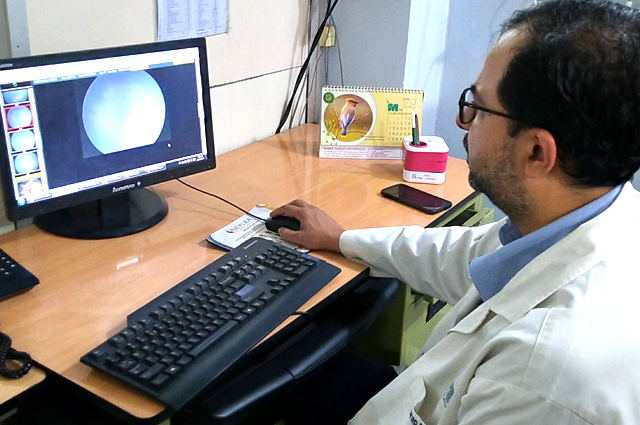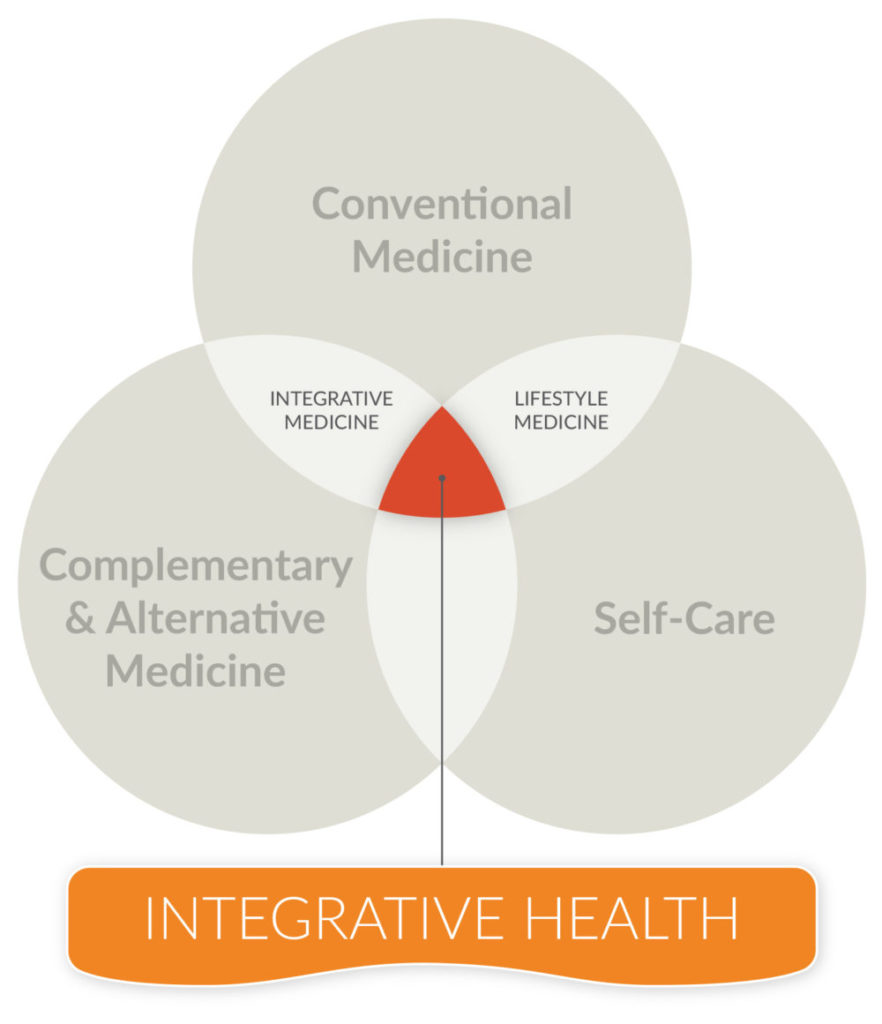
Empowering Patients: Initiatives for Informed Healthcare Choices

Empowering Patients: Initiatives for Informed Healthcare Choices
Empowering patients to actively participate in their healthcare decisions is a transformative approach that enhances overall well-being. This article explores various initiatives aimed at empowering patients, enabling them to make informed choices and actively engage in their healthcare journey.
Health Literacy Programs: Building Knowledge Foundations
Health literacy is fundamental to patient empowerment. Initiatives that focus on health literacy programs aim to provide individuals with the knowledge and skills needed to understand health information, make informed decisions, and effectively communicate with healthcare providers. By building strong knowledge foundations, patients become active participants in their care.
Shared Decision-Making Models: Collaboration in Care
Shared decision-making is a collaborative approach where healthcare providers and patients work together to make healthcare decisions. Initiatives promoting shared decision-making empower patients by ensuring they have a voice in choosing treatment options that align with their values, preferences, and individual circumstances. This model fosters a sense of partnership between patients and healthcare professionals.
Digital Health Tools: Accessible Information at Your Fingertips
The digital era has brought forth a myriad of health-related apps, websites, and platforms. Patient empowerment initiatives leverage digital health tools to provide accessible information, track health metrics, and facilitate communication



